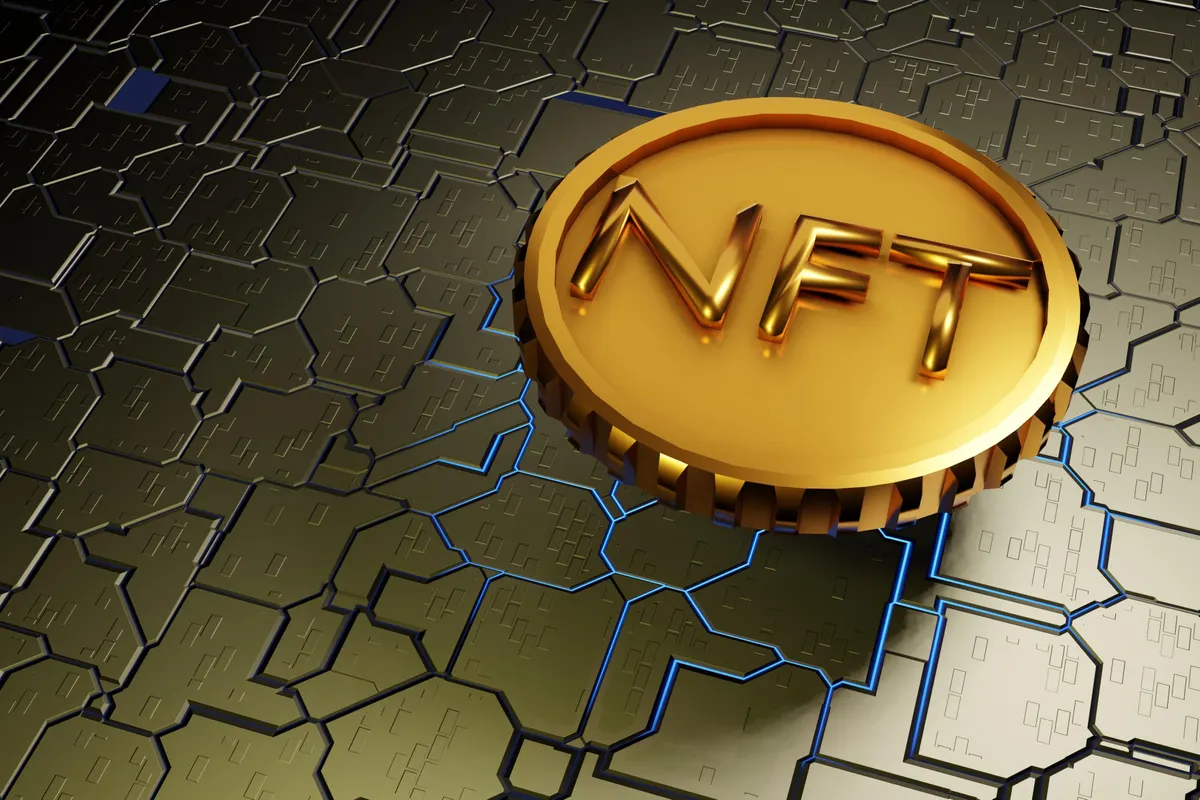UNDERSTANDING NFTs
NFTs, also known as non-fungible tokens, are a particular kind of cryptocurrency that cannot be traded. Unlike fungible cryptocurrencies like Bitcoin, which allow for the exchange of one unit for another, NFTs are unique digital assets with blockchain-based ownership. For collectible items like artwork, videogames, and other digital assets, NFTs have grown in popularity. NFTs are a relatively new field, so the idea can be difficult to grasp. Therefore, it is our duty to enlighten you on what NFTs are all about and how they work.
What Are NFTs and How Do They Work?
NFTs are distinctive digital assets with ownership based on a blockchain. They may represent wholly digital creations or actual real-world items like artwork, collectibles, and real estate. Each NFT is unique and cannot be used interchangeably. Similar to cryptocurrency exchanges, secondary markets are where NFTs are minted, purchased, and sold. Each NFT has a blockchain record of its ownership and transaction history, ensuring security and transparency.
An NFT's value is based on supply and demand and is frequently highly individualized based on the item it represents. Millions of dollars have been paid for some NFT sales.
Buyers require both funds in the form of cryptocurrency and a digital wallet that supports the blockchain that the NFT is minted on, typically Ethereum. In addition to receiving a cut of sales on the secondary market, sellers can profit from initial sales.
For digital assets, NFTs provide verifiable ownership and scarcity. They can be used in gaming, collectibles, art, and possibly a lot of other fields. The technology is risky and new, though.
Types of NFTs
There are several types of NFTs, each with unique properties and use cases.
Collectibles:
Digital goods like artwork, gaming items, and other assets are considered collectibles. They are non-fungible, one-of-a-kind tokens with individual values. Similar to physical collectibles, collectible NFTs are popular for trading and collecting.
Gaming Items:
Items used in games built on the blockchain include things like land, vehicles, and other equipment. They offer independently substantiated ownership and scarcity of in-game items. Gamers can buy, sell, and trade gaming NFTs, some of which have increased in value significantly.
Virtual Real Estate
Digital land and homes in virtual worlds and metaverses are referred to as virtual real estate. Virtual land is just like actual real estate in that it can be developed and leased. Virtually rare and desirable land has sold for a lot of money.
Domain names, tickets to events, licenses, and certificates are examples of additional NFT types. Website URLs built on the NFT blockchain offer permanent ownership and scarcity. NFT tickets offer events transferability and verifiable authenticity. Additionally, permanent and verifiable ownership of digital assets is provided by NFT licenses and certificates.
NFT Marketplaces: Where to Buy and Trade NFTs
The buying and selling of digital collectibles can be done on a number of significant NFT marketplaces. These platforms let users set up a profile, link a cryptocurrency wallet, and start bidding or buying NFTs.
- Atomic Assets
- Decentraland
- Enjin
- OpenSea
- Rare Bits
- Rarible
- SuperRare
The Future of NFTs:
NFTs' worth and utility will increase as they become more well-known and widely used. NFT market interest has increased dramatically in 2021 compared to 2020, with a total market capitalization increase of over 20 times. This increase in interest shows that NFTs are positioned to play a significant role in the digital economy.
Beyond digital art and collectibles, NFTs have a number of promising real-world use cases. NFTs could, for instance, be used to represent stocks or real-world assets like real estate. They could also be utilized to enable new kinds of healthcare data sharing, supply chain management, and privacy- and security-preserving event ticketing.
As well-known companies, personalities, and influencers continue to support NFTs, they will introduce the idea to new audiences and encourage further adoption. For instance, NFTs have been introduced by companies like Taco Bell and Charmin, and celebrities like Lindsay Lohan and Snoop Dogg have also gotten involved. Their involvement will increase public awareness of and interest in NFTs.
The creation and trading of NFTs will be facilitated by new blockchains and standards designed specifically for them. For instance, Dapper Labs, the company behind CryptoKitties, has developed a new blockchain called Flow that is intended specifically for NFTs and consumer applications. The ability to batch multiple NFTs together in a single transaction is made possible by new NFT standards like ERC-1155, opening up new use cases and efficiencies.
In conclusion, there is still much room for NFT development, and their full potential is still being investigated. NFTs, however, are probably here to stay as an exciting new digital asset class because of rising interest, promising use cases, improved infrastructure, and widespread exposure. NFTs are positioned to grow significantly in popularity over the next few years, despite their current obscurity.









